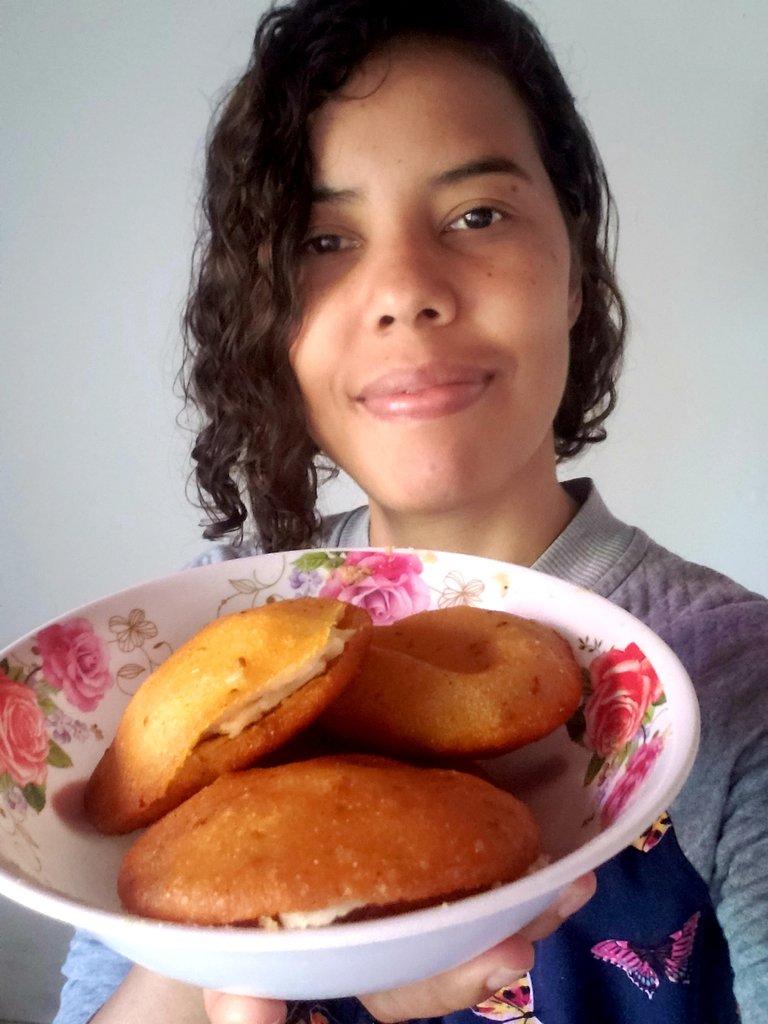I greet you, wishing you fullness and well-being.
Today I come to share with you a very special recipe that has filled me with memories of my childhood, when my mother prepared it in large quantities for sale and for the family, my brothers, my sisters, her and I. We were 9 people at home, so when I make this kind of recipes on a small scale, it is inevitable not to recognize, with much more conscience, all the dedication of my mother and a feeling of admiration is harbored within me, much more.
This is the sweet arepitas and although arepas are usually prepared with salt, this recipe is a tradition that I am sure will fill more than one with fond memories and will also awaken the desire to try them in more than one, I hope so.
Les saludo, deseándoles plenitud y bienestar.
Hoy vengo a compartirles una receta muy especial que me ha llenado de recuerdos de mi niñez, cuando mi madre la preparaba en grandes cantidades para la venta y para la familia, mis hermanos, mis hermanas, ella y yo. Éramos 9 personas en casa, así que cuando realizo este tipo de recetas en pequeña escala, es inevitable no reconocer, con mucha más con conciencia, toda la dedicación de mi madre y un sentimiento de admiración se alberga dentro de mí, mucho más.
Se trata de las arepitas dulces y aunque generalmente las arepas se prepararan con sal, esta receta es toda una tradición que estoy segura que llenará de gratos recuerdos a más de uno y que también despertará el deseo de probarlas en más de uno, eso espero.
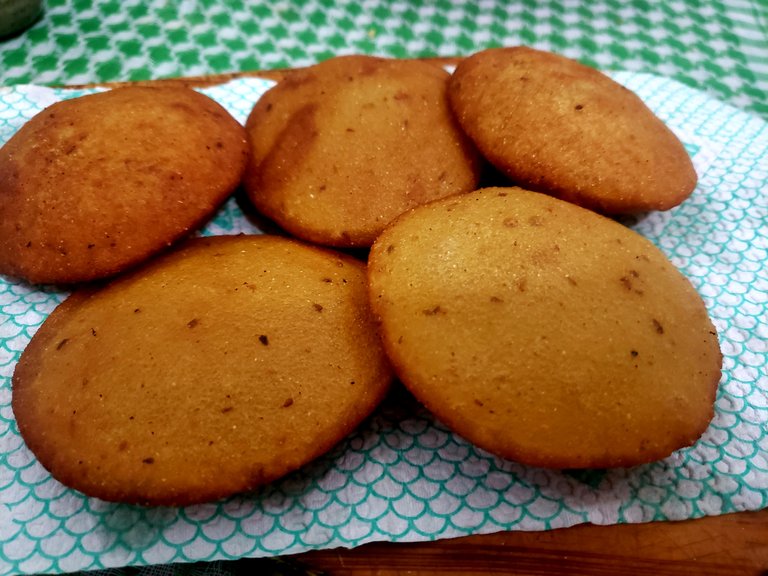
So, without further ado, let's get to this sweet recipe.
Así que, sin más preámbulo, vamos a esta dulce receta.
Ingredients:
- 1 Cup of precooked corn flour.
- 1 and 1/4 cups of warm water.
- 1/2 cup of shredded papelón or piloncillo.
- 2 Teaspoons of sweet anise seeds.
- 1 Pinch of salt.
- Enough oil for frying.
Ingredientes:
- 1 Taza de harina de maíz precocida.
- 1 y 1/4 de Taza de agua tibia.
- 1/2 Taza de papelón o piloncillo rallado.
- 2 Cucharaditas de semillas de anís dulce.
- 1 Pizca de Sal.
- Aceite suficiente para freír.

Preparation:
With the papelón or piloncillo in a bowl I added the anise seeds, the pinch of salt and the warm water, stirred and let stand for about 5 minutes until the piloncillo was completely dissolved.
Preparación:
Con el papelón o piloncillo en un bol agregué las semillas de anís, la pizca de sal y el agua tibia, removí y dejé reposar unos 5 minutos hasta que el piloncillo se disolvió totalmente.
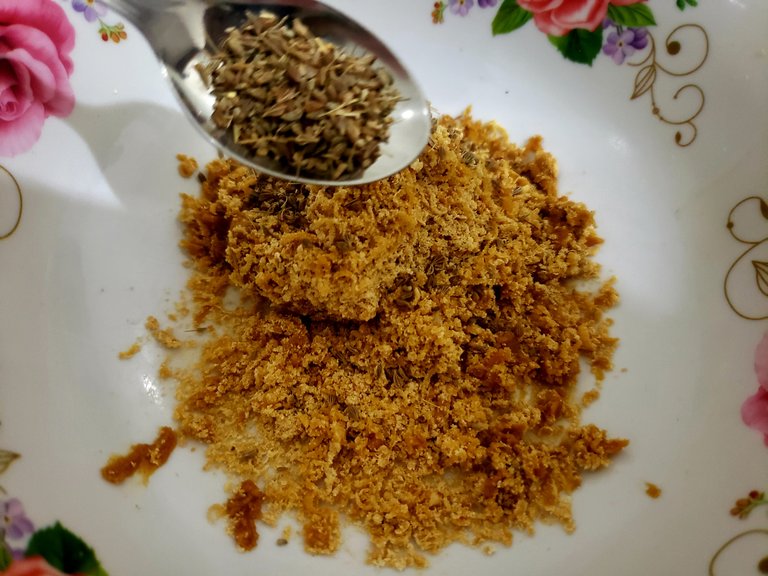
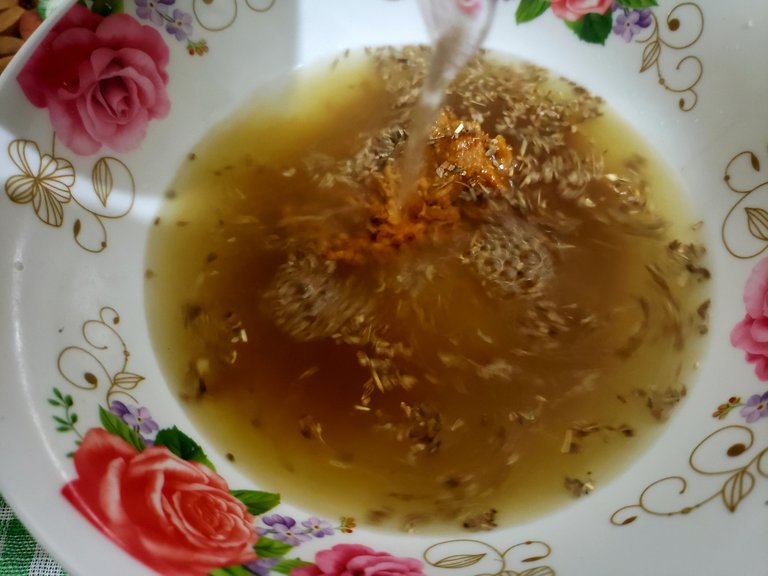
I added the flour and stirred with a fork until it took consistency and finished kneading with my hands for a couple of minutes or so. When the dough is still soft but no longer sticks to our hands, it is ready.
I heated enough oil, at medium-high heat, while I was shaping my first arepita. First make a small sphere of dough and then flatten it with your hands. They are thrown into the frying pan when the oil is very hot.
Agregué la harina y fui removiendo con un tenedor hasta que fue tomando consistencia y terminé amansando con mis manos por una par de minutos aproximadamente. Cuando la masa sigue suave pero ya no se pega a nuestras manos, está lista.
Coloqué a calentar aceite suficiente, a fuego medio-alto, mientras fui dando forma a mi primera arepita. Primero se hace una pequeña esfera de masa y luego se aplana con las manos. Se echan a la sartén cuando el aceite está bien caliente.
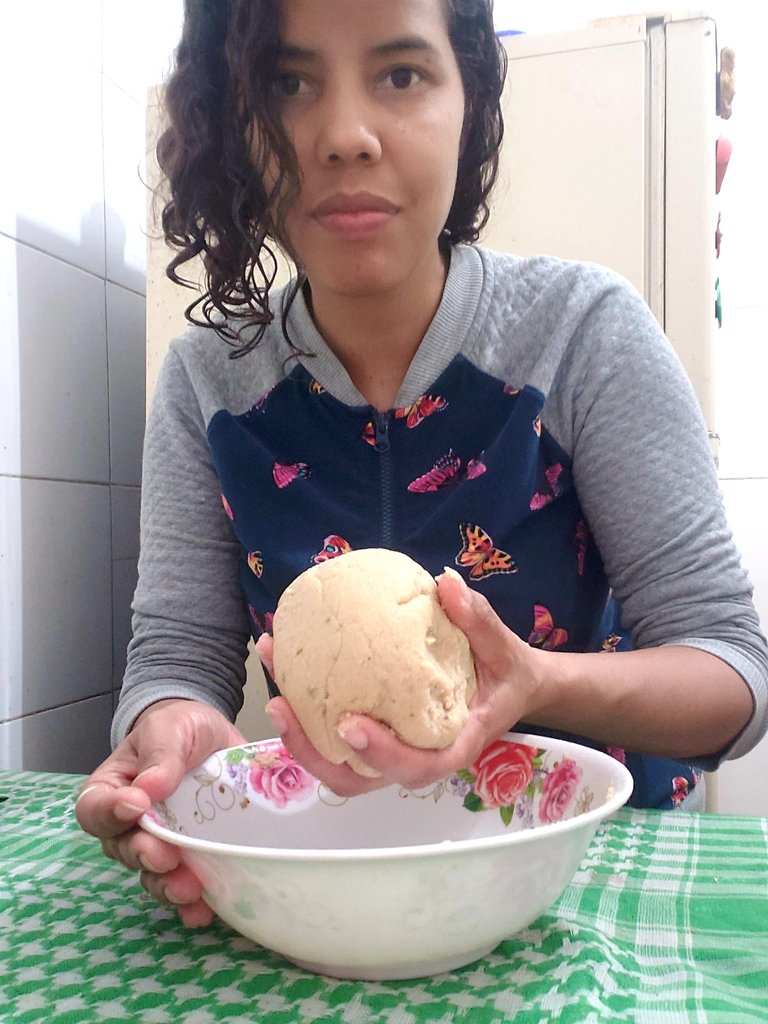 |  |
|---|
It is important that the arepitas are very thin, about 3 millimeters thick, and that they are completely submerged in the oil, so that they puff up. I fried them one by one, since I used a small cauldron.
I didn't turn them over, I just bathed them in the same oil when the puffy part came to the surface, with the help of a spoon until they were golden brown.
Es importante que las arepitas queden muy delgadas, como de 3 milímetro de espesor, y que queden totalmente sumergidas en el aceite, para que se inflen. Yo las freí una por una, ya que usé un pequeño caldero.
Yo no les di da vuelta, solo las bañé con el mismo aceite cuando la parte inflada brotó a la superficie, con la ayuda de una cuchara hasta que se doraron.
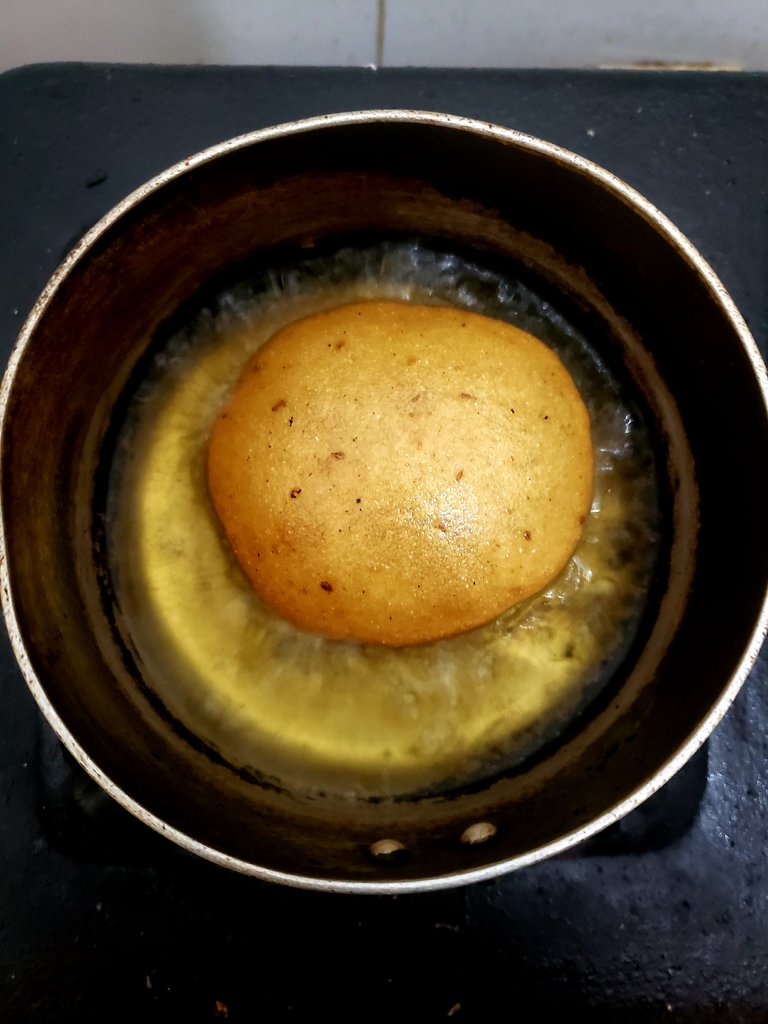 | 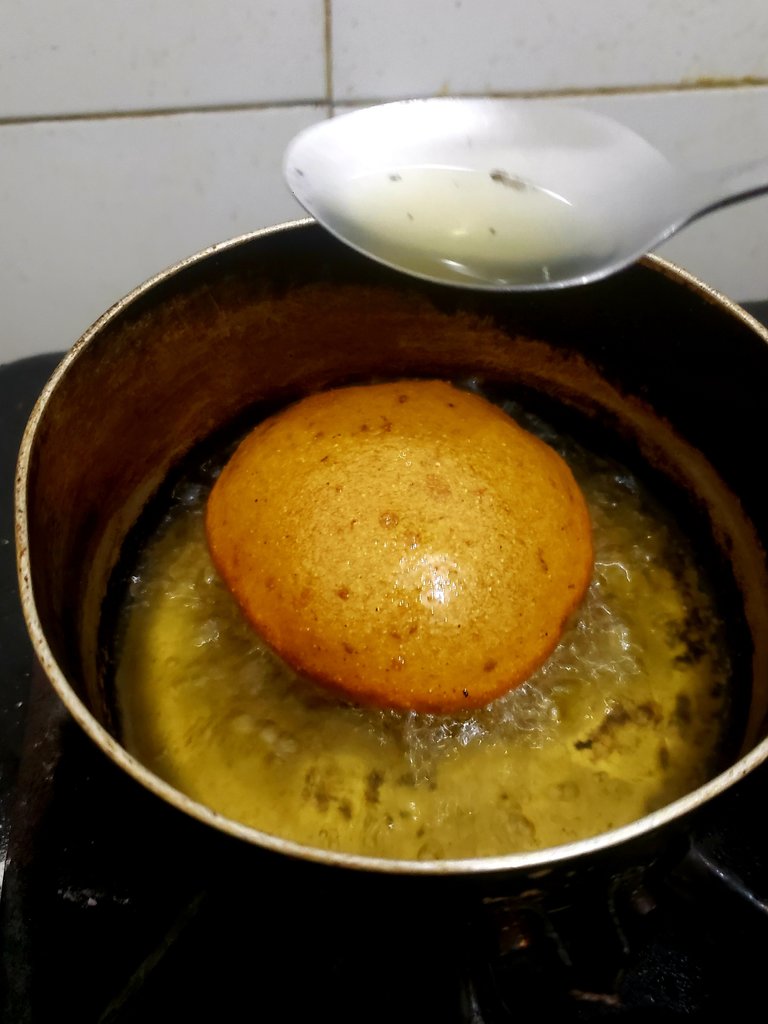 |  |
|---|
I placed them on absorbent paper after removing them.
Las coloqué en papel absorbente luego de sacarlas.

🤭🤭
These arepitas can be eaten just like that, they are ideal for breakfast, dinner, or a snack, accompanied with a good coffee, however, one of the best accompaniments is a good soft cheese or grated cheese, in fact this is the way they are usually served. The contrast of sweet and salty in particular fascinates me and the truth is that in this particular case it goes great.
Estas arepitas se pueden consumir así nada más, son ideales para un desayuno, cena, o para la merienda, acompañadas con un un buen café, sin embargo, uno de los mejores acompañantes es un buen queso tierno o un queso rallado, de hecho de esta manera es que suelen servir. El contraste de lo dulce con salado en lo particular me fascina y la verdad que en esta caso particular va genial.
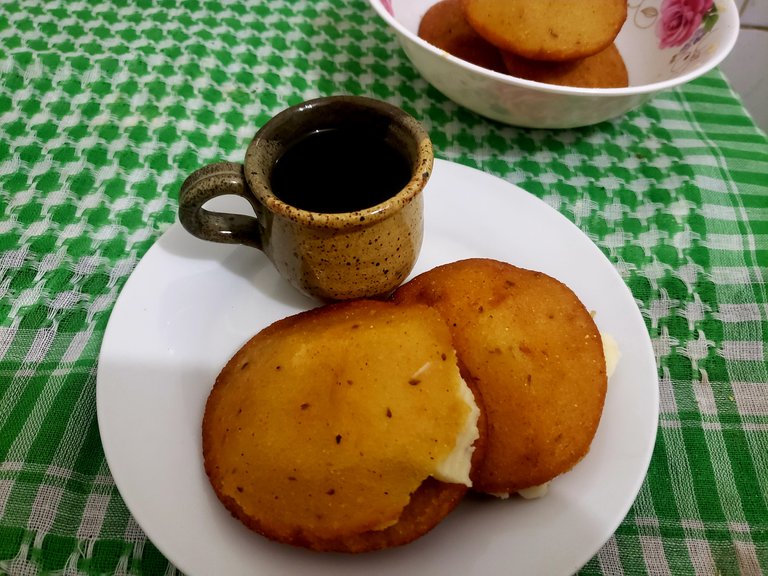

So don't hesitate to accompany these arepitas with a good vegan cheese. I filled a couple with a similar preparation to the cheese I had in the fridge. In the past days I blended some salted peanuts with boiled potato and cornstarch, cooked and then refrigerated. This is what you can see as a filling for a couple of these sweet arepitas.
Así que no duden en acompañar estas arepitas con un buen queso vegano. Yo rellené un par con una preparación similar al queso que tenía en la nevera. En días pasado licué un poco de maní salado con papa sancochada y maicena, cociné y luego refrigeré. Es lo que se puede observar como relleno de un par de estas arepitas dulces.
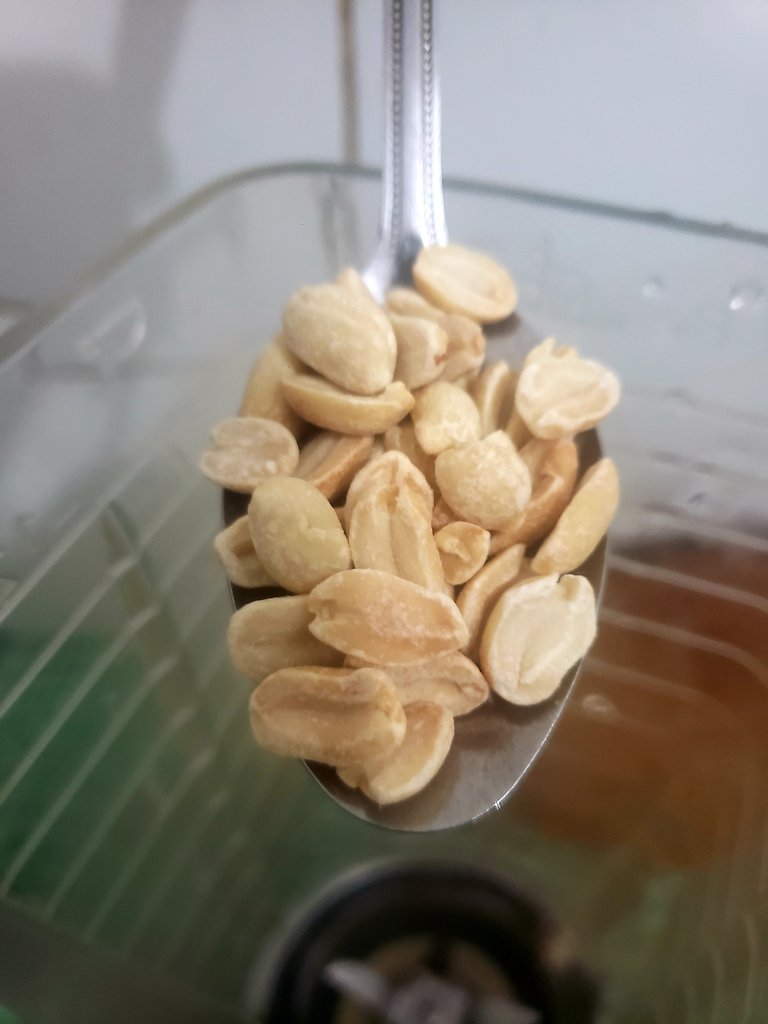 | 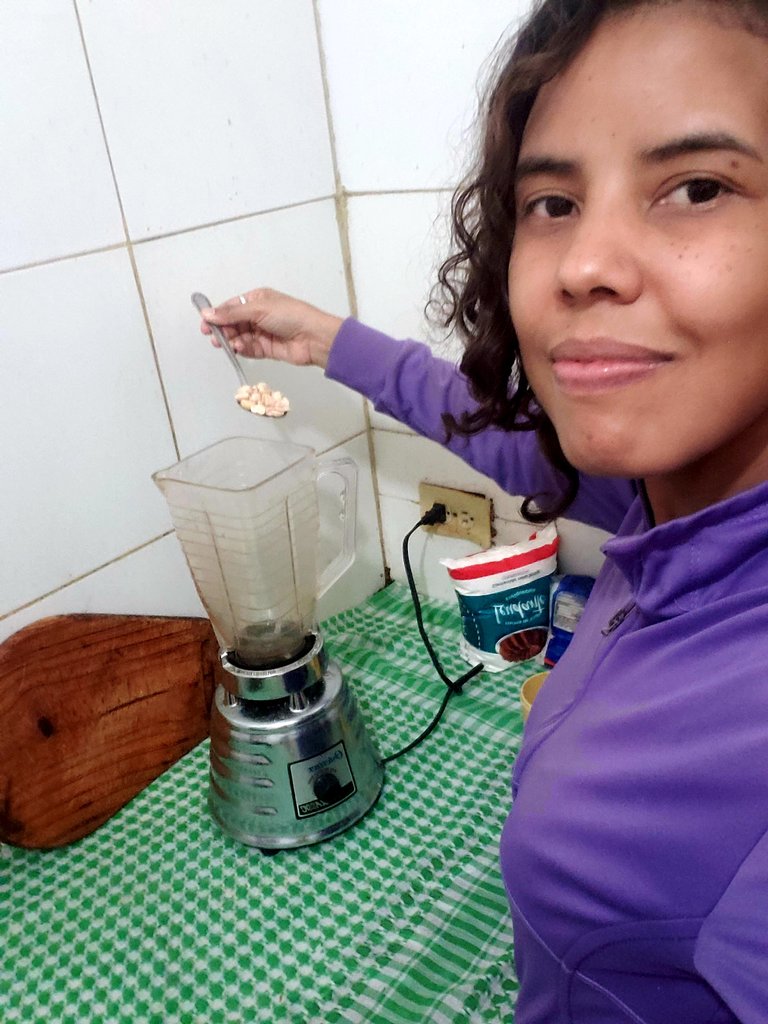 | 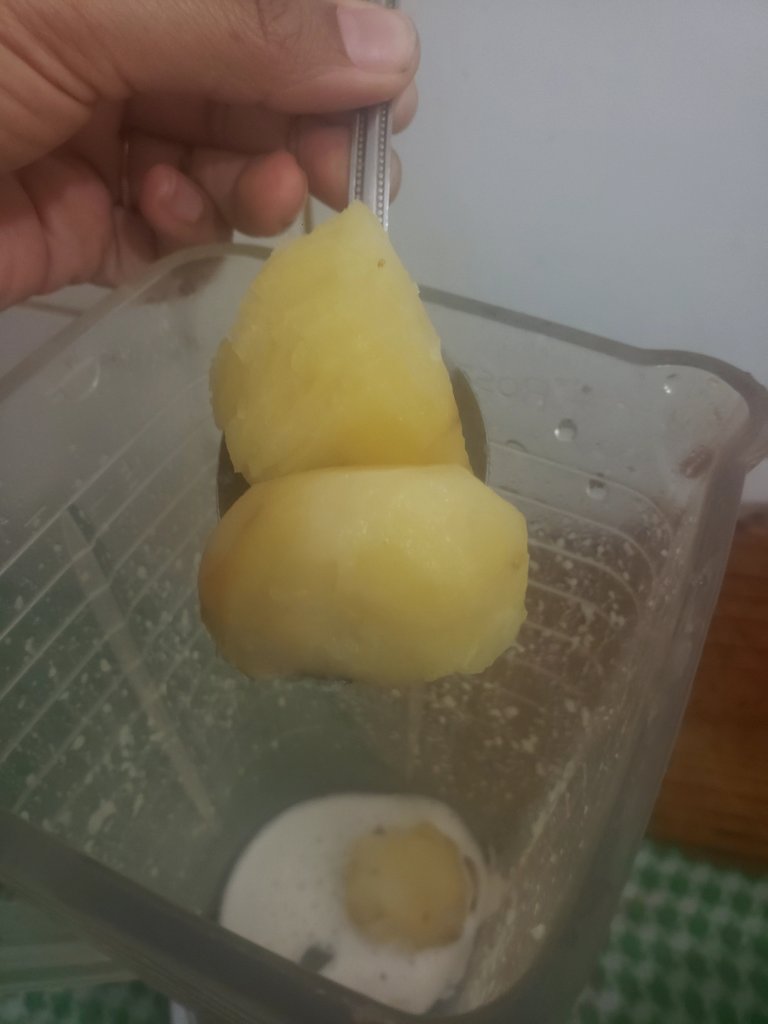 |  |  | 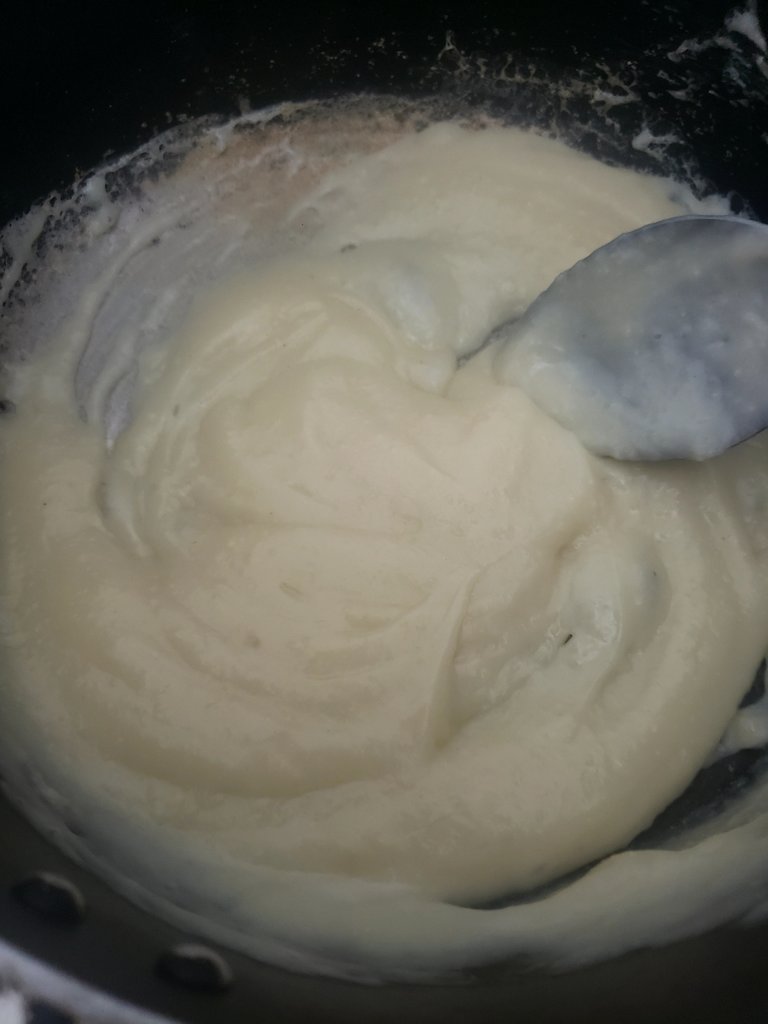 |  |  |
|---|
Thank you for accompanying me 😉
